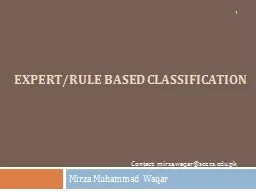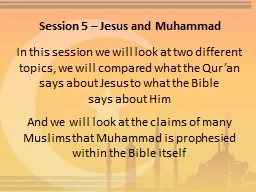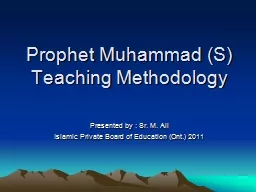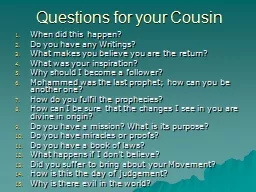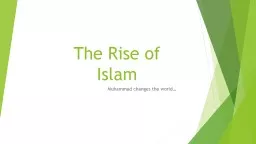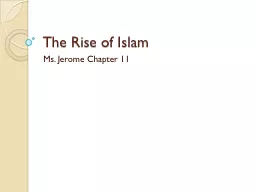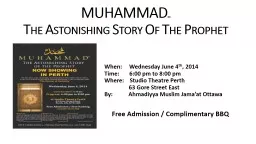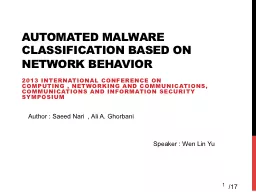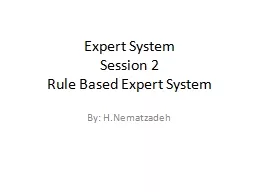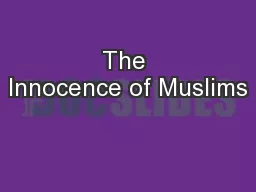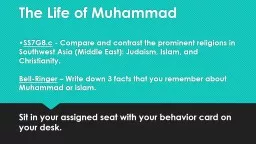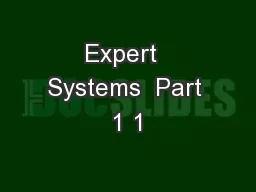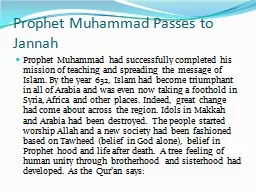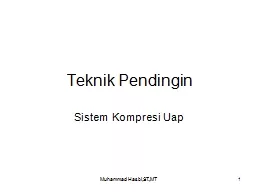PPT-Mirza Muhammad Waqar Expert/rule based classification 1 Contact: mirza.waqar@seecs.edu.pk
Author : lindy-dunigan | Published Date : 2019-11-04
Mirza Muhammad Waqar Expertrule based classification 1 Contact mirzawaqarseecsedupk Lecture Overview Image classification basics Image and feature spaces Supervised
Presentation Embed Code
Download Presentation
Download Presentation The PPT/PDF document "Mirza Muhammad Waqar Expert/rule based..." is the property of its rightful owner. Permission is granted to download and print the materials on this website for personal, non-commercial use only, and to display it on your personal computer provided you do not modify the materials and that you retain all copyright notices contained in the materials. By downloading content from our website, you accept the terms of this agreement.
Mirza Muhammad Waqar Expert/rule based classification 1 Contact: mirza.waqar@seecs.edu.pk: Transcript
Download Rules Of Document
"Mirza Muhammad Waqar Expert/rule based classification 1 Contact: mirza.waqar@seecs.edu.pk"The content belongs to its owner. You may download and print it for personal use, without modification, and keep all copyright notices. By downloading, you agree to these terms.
Related Documents

